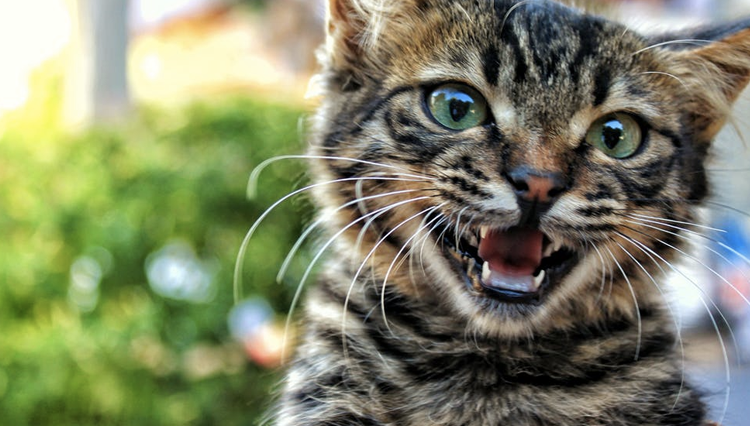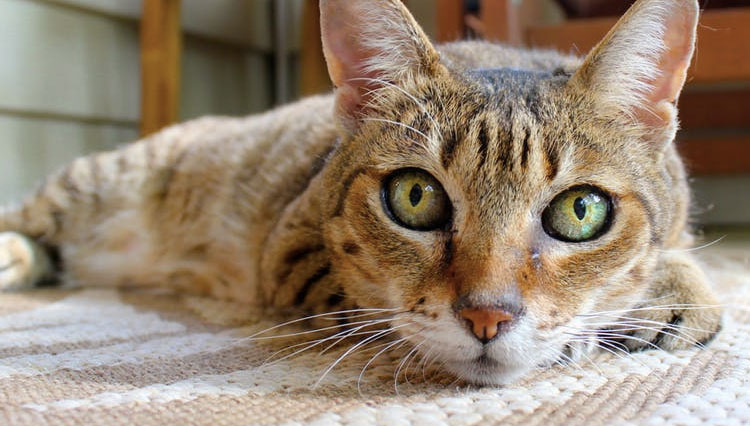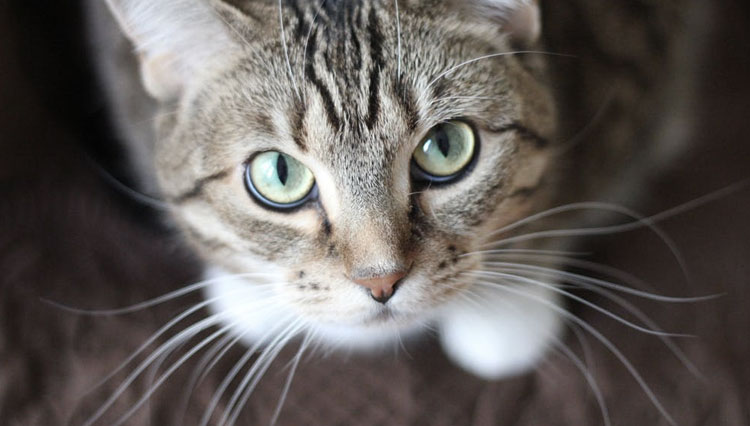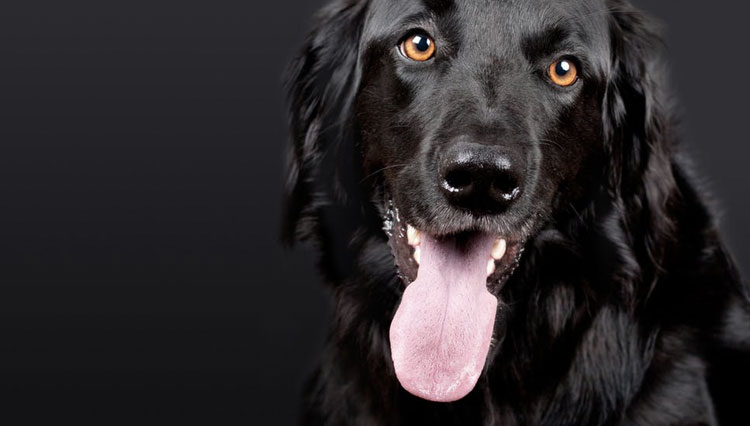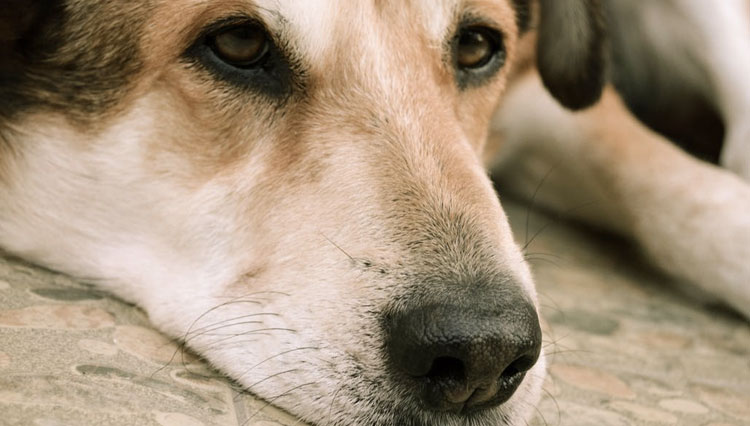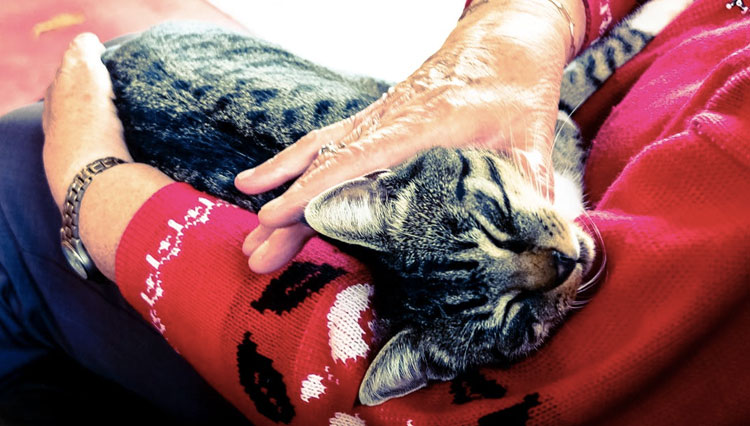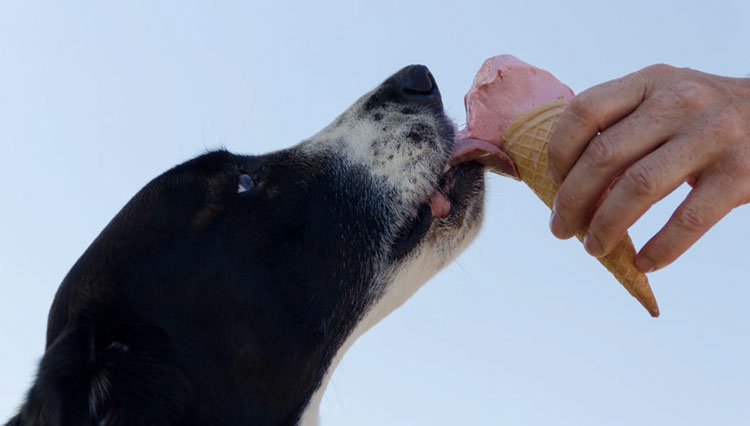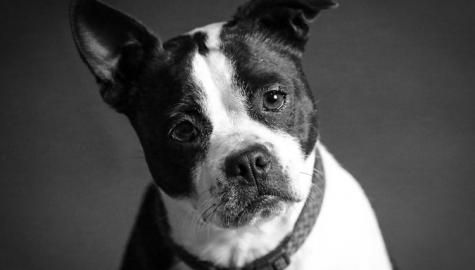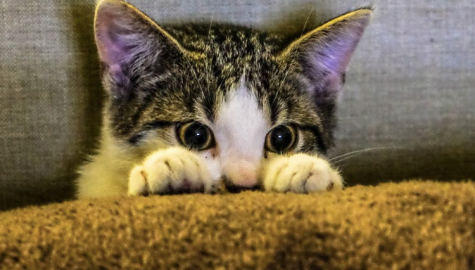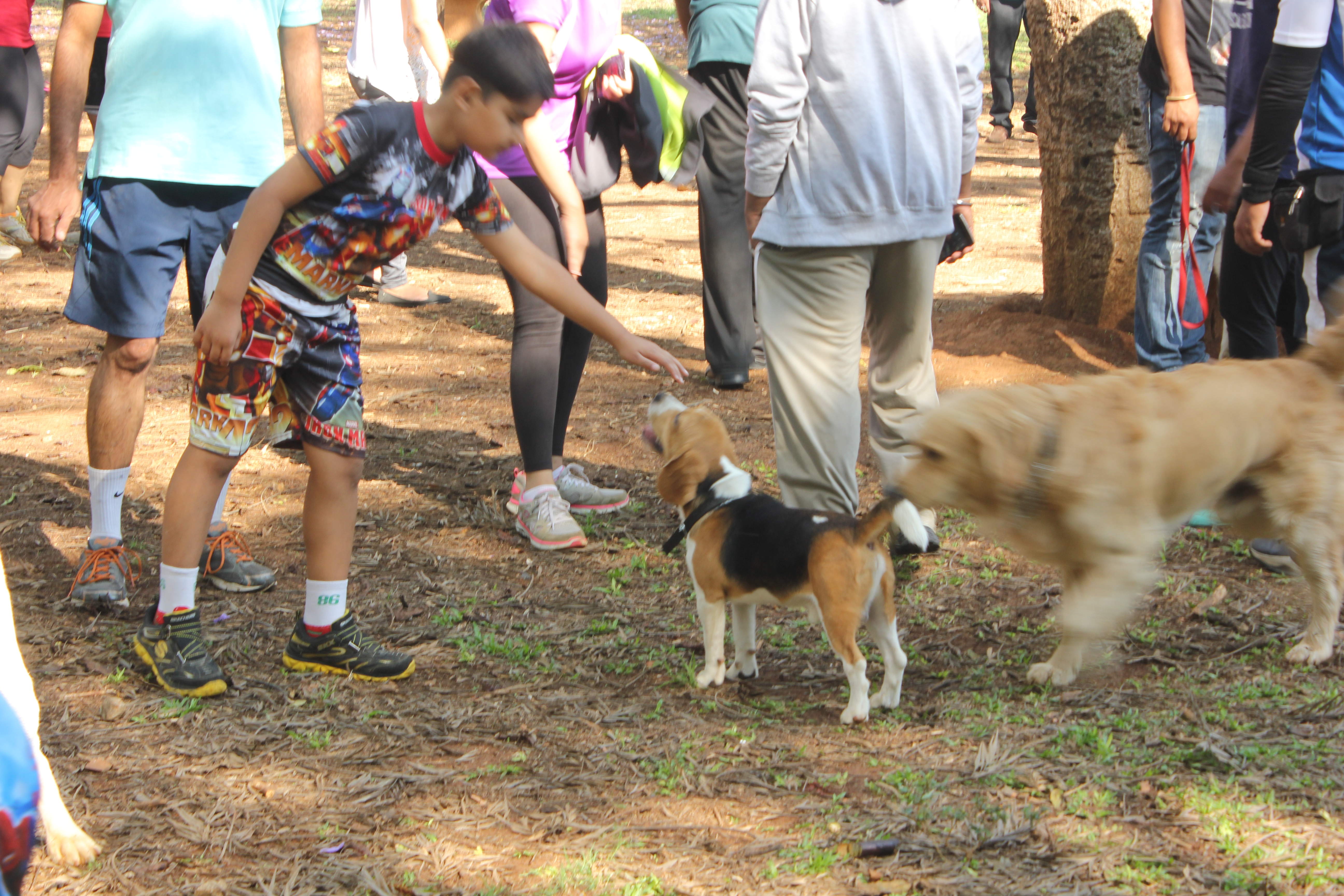Did your cat just indulge themselves in a rigorous physical activity? It could be anything from chasing after a toy or a friendly rat. But you notice your cat panting for some time as they take rest. Cats usually do not pant like dogs. So, is panting in cats normal?
Just like their canine friends, cats pant to cool themselves after a vigorous physical activity. This can be particularly noticed in young kittens. Sometimes when cats run around for a bit, they will pant for a short time.
Outdoor cats will also pant as a cooling mechanism when its very warm outside. If you feel that your feline pal is feeling very hot then help them cool off by making them rest under the fan, cooler or air conditioner.
Cats tend to pant when they are feeling stressed or anxious. Vets usually notice anxious cats panting when they come for a check-up. Moving to a new home, any loud noise or the presence of other cats at home can cause anxiety in your cat. Find out the cause of stress in your cat and help them to overcome it slowly and gradually.
Health problems, especially respiratory or heart problem can cause panting in cats. Respiratory distress in the main reason for heavy panting seen in cats. In elderly cats, panting can be caused due to congestive heart failure.
How long your pet pants can tell you if the situation is serious or not. If they pant occasionally then it is no cause for worry. But if they pant frequently it is cause for serious concern. Something that does not go away on its own is always a matter of grave concern. So, if your pet appears lethargic, have poor appetite and other behavioural changes then you must take them to the vet for a prompt medical intervention.
It is always a good idea to get your pet professionally checked by the vet to diagnose the problem for an effective treatment.
